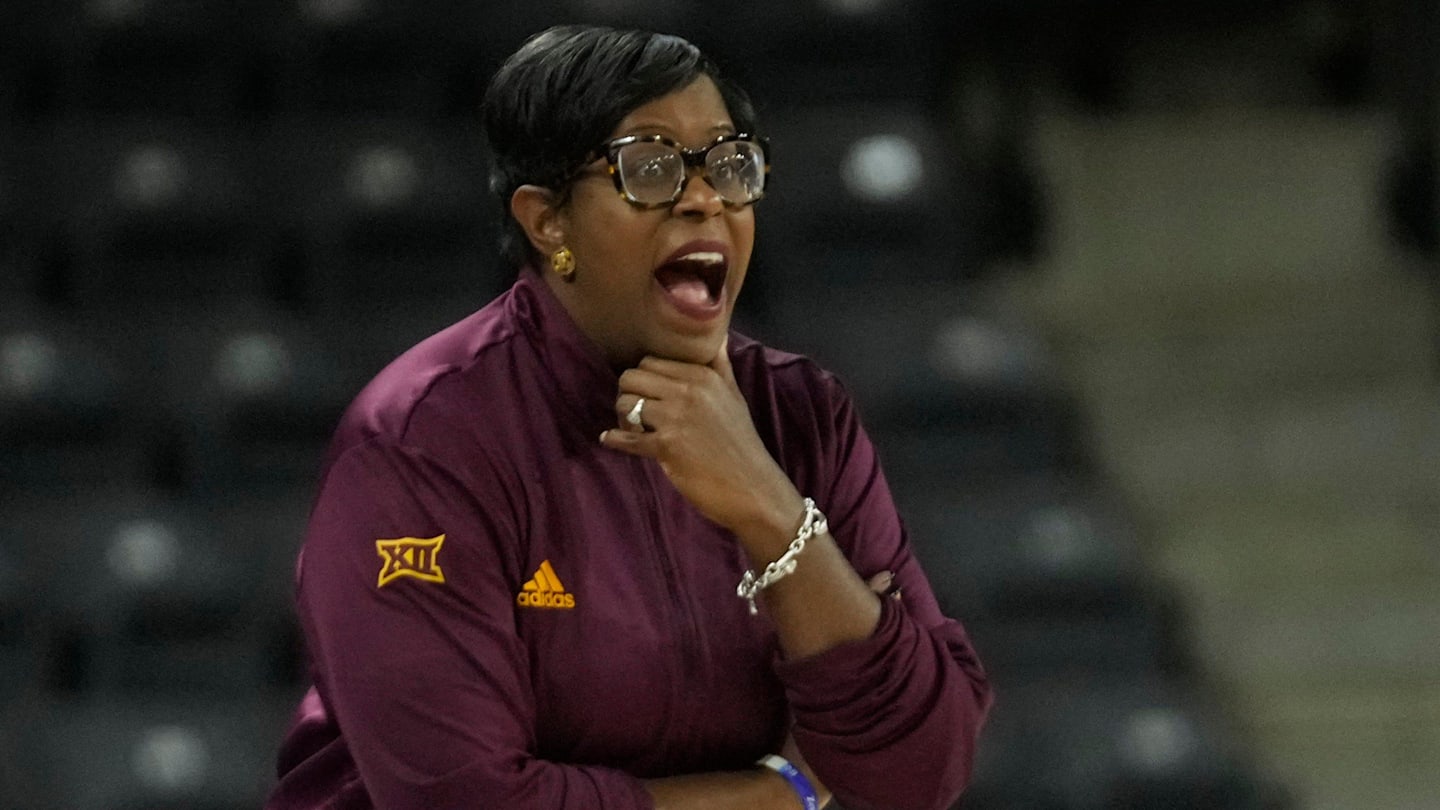India election results 2024: Winners and losers of all past Lok Sabha votes

EXPLAINER
From 1951 to 2019, Congress and the BJP have seen highs and lows in India’s parliamentary elections.
On June 4, the Election Commission of India will count hundreds of millions of votes in a few hours, announcing the results of the country’s 18th Lok Sabha election, after six weeks and seven phases of what has been the world’s largest-ever democratic exercise.
The results will determine who will form India’s next government. Prime Minister Narendra Modi’s Bharatiya Janata Party (BJP) will be seeking a third straight term in office, while the Congress party-led opposition will be hoping to upstage them.
Here’s a look at how the country voted for its parliament in its previous 17 elections since gaining independence in 1947.
1951-52
- Winner: The Congress party, led by Jawaharlal Nehru, won the first election, which was carried out between 1951 and 1952. Nehru became the first prime minister of the country
- Seats won: The Congress won 364 out of 489 seats
- Vote percentage of winner: About 45 percent of the vote
- Second-largest party: The Communist Party of India (CPI) won the second-highest number of seats, gaining 16 in the first election
- Third-largest party: The Socialist Party (SP) won 12 seats
- Voter turnout: 44.9 percent
- Voting process: Paper ballot was used in all constituencies
1957
- Winner: Congress, led by Nehru
- Seats won: 371 out of 494
- Vote percentage of winner: 47.8
- Second-largest party: CPI with 27 seats
- Third-largest party: Praja Socialist Party (PSP) with 19 seats
- Voter turnout: 45.4 percent
- Voting process: Paper ballot for all constituencies

1962
- Winner: Congress, led by Nehru
- Seats won: 361 of 494
- Vote percentage of winner: 44.7
- Second-largest party: CPI with 29 seats
- Third-largest party: Swatantra Party with 18 seats
- Voter turnout: 55.4 percent
- Voting process: Paper ballot for all constituencies

1967
- Winner: Congress, led by Indira Gandhi
- Seats won: 283 of 520
- Vote percentage of winner: 40.8
- Second-largest party: Swatantra Party with 44 seats
- Third-largest party: Bharatiya Jana Sangh (BJS) with 35 seats. The BJS was the precursor to the BJP.
- Voter turnout: 61 percent
- Voting process: Paper ballot for all constituencies

1971
- Winner: Congress, led by Indira Gandhi
- Seats won: 352 of 518
- Vote percentage of winner: 43.7
- Second-largest party: Communist Party of India (Marxist) (CPM) with 25 seats. The CPM emerged after a fracture within the CPI, amid the broader split within the global communist movement at the time – between the Soviet Union and China.
- Third-largest party: CPI with 23 seats
- Voter turnout: 60.5 percent
- Voting process: Paper ballot for all constituencies

1977
- Winner: Bharatiya Lok Dal (BLD). This was the first time the Congress lost a national election.
- Seats won: 295 of 542
- Vote percentage of winner: 41.3
- Second-largest party: The Congress party, with 154 seats and a vote percentage of 34.5. These elections were held after Indira Gandhi first imposed a state of national emergency in 1975, arresting thousands of critics and political activists. She then lifted it in 1977, following which the elections were held.
- Third-largest party: CPM with 22 seats
- Voter turnout: 60.5 percent
- Voting process: Paper ballot for all constituencies

1980
- Winner: Congress, led by Indira Gandhi
- Seats won: 353 of 529
- Vote percentage of winner: 42.7
- Second-largest party: Janata Party (Secular) with 41 seats
- Third-largest party: CPM with 37 seats
- Voter turnout: 56.9 percent
- Voting process: Paper ballot for all constituencies

1984
- Winner: Congress, led by Rajiv Gandhi
- Seats won: 404 of 514. This is the largest mandate any government has ever received in independent India, and came in the aftermath of Indira Gandhi’s assassination by her Sikh bodyguards, followed by horrific anti-Sikh riots in which the capital, New Delhi, burned for three days. Many Congress leaders were implicated in those riots.
- Vote percentage of winner: 49.1
- Second-largest party: Telugu Desam Party (TDP) with 30 seats
- Third-largest party: CPM with 22 seats
- Voter turnout: 63.6 percent
- Voting process: Paper ballot for all constituencies

1989
- Largest party: Congress, led by Rajiv Gandhi. It was the first time that no party got a clan majority in parliamentary elections. The opposition, led by the Janata Dal and the BJP cobbled together a coalition that assumed power.
- Seats won: 197 of 529
- Vote percentage of winner: 39.5
- Second-largest party: Janata Dal (JD) with 143 seats
- Third-largest party: BJP with 85 seats
- Voter turnout: 61.9 percent
- Voting process: Paper ballot for all constituencies

1991
- Largest party: Congress, led by PV Narasimha Rao
- Seats won: 232 of 521
- Vote percentage of winner: 36.3
- Second-largest party: BJP with 120 seats
- Third-largest party: JD with 59 seats
- Voter turnout: 56.7 percent
- Voting process: Paper ballot for all constituencies
1996
- Largest party: BJP, led by Atal Bihari Vajpayee
- Seats won: 161 of 543
- Vote percentage of winner: 20.3
- Second-largest party: Congress with 140 seats
- Third-largest party: JD with 46 seats
- Voter turnout: 57.9 percent
- Voting process: Paper ballot for all constituencies

1998
- Largest party: BJP, led by Vajpayee. The BJP-led National Democratic Alliance (NDA) was formed in May 1998, three months after polling.
- Seats won: 182 of 543
- Vote percentage of winner: 25.6
- Second-largest party: Congress with 141 seats
- Third-largest party: CPM with 32 seats
- Voter turnout: 62 percent
- Voting process: Electronic Voting Machines (EVM) for 16 seats, paper ballots for the rest

1999
- Largest party: BJP, led by Vajpayee
- Seats won: 182 of 543
- Vote percentage of winner: 23.8
- Second-largest party: Congress with 114 seats
- Third-largest party: CPM with 33 seats
- Voter turnout: 60 percent
- Voting process: EVM for 46 seats, paper ballots for the rest
2004
- Largest party: The Congress, led by Sonia Gandhi. The Congress-led United Progressive Alliance (UPA) was formed after the election.
- Seats won: 145 of 543
- Vote percentage of winner: 26.5
- Second-largest party: BJP with 138 seats
- Third-largest party: CPM with 43 seats
- Voter turnout: 58.1 percent
- Voting process: EVM for all seats
2009
- Largest party: Congress, led by Manmohan Singh
- Seats won: 206 of 543
- Vote percentage of winner: 28.6
- Second-largest party: BJP with 116 seats
- Third-largest party: Samajwadi Party with 23 seats
- Voter turnout: 58.2 percent
- Voting process: EVM for all seats

2014
- Winner: BJP, led by Narendra Modi
- Seats won: 282 of 543
- Vote percentage of winner: 31.3
- Second-largest party: Congress with 44 seats
- Third-largest party: All India Anna Dravida Munnetra Kazhagam (AIADMK) with 37 seats
- Voter turnout: 66.4 percent
- Voting process: EVM for all seats
2019
- Winner: BJP, led by Modi
- Seats won: 303 of 543
- Vote percentage of winner: 38.0
- Second-largest party: Congress with 52 seats
- Third-largest party: Dravida Munnetra Kazhagam (DMK) with 23 seats
- Voter turnout: 67 percent
- Voting process: EVM for all seats
Related
Qatar emphasizes importance of reaching agreement between US, Iran
CAIROQatar's Prime Minister Sheikh Mohammed bin Abdulrahman Al-Thani stressed the critical need for an agreement between the US and
International Women’s Day: Seeking a Balance with Ghada Al Subaey
1309’s Ghada Al Subaey of Qatar celebrates the many layers of femininity in her recent drop, called Labyrinth of Light. This International Women’s Day, the
Discover Ooredoo Plans and Services in Qatar
Ooredoo is the household name in the field of telecommunications and provides a full portfolio of telecom services: mobile plans for everyone, home
What Will The Imminent Qatar Airways Widebody Order Include?
Which Airline Alliance Do You Prefer To Fly With?












